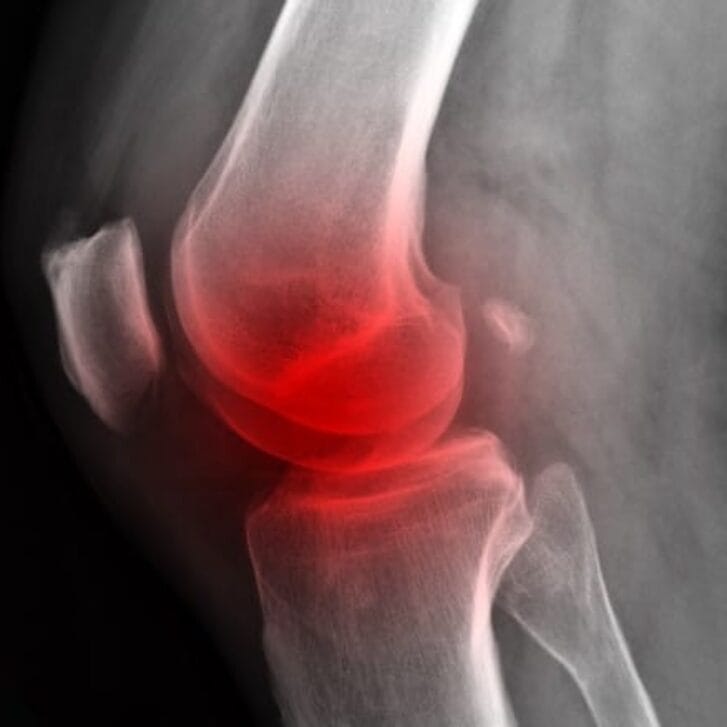In part three of my series on “Moneyball for Health Care,” I outlined the policy levers the federal government has at its disposal for implementing less expensive, but as-good-as, technology into the marketplace. But who else needs to take responsibility for seeing that these types are technologies are used?
The medical community and specialty organizations, such as the American Academy of Orthopedics (AAOS), should take more responsibility in encouraging their members to use “cost-effective” technologies where the dollar return for value is apparent. As other countries have done (e.g., U.K., Sweden, Norway, New Zealand), registries should also be developed to track implant use and clinical outcomes such as durability. These types of registries have been used to identify best practices and high-performing medical devices. Such an initiative is in the planning/evaluation phase by the AAOS and should help in educating patients and providers on outcomes—a positive step in the right direction for evidence gathering.
The industry also needs to take responsibility and exhibit leadership by actively engaging in the development of high-quality evidence (e.g., randomized clinical trials) and using sales and marketing budgets to promote research findings. By developing actionable, high-quality information for all stakeholders, the industry can also help the community at large in making informed decisions.
Further, Medicare-eligible patients, while not totally responsible for the total cost of a procedure, would likely agree that an item or service of the same quality that is significantly less would be a “good value.” Therefore, as part of the purchase decision, beneficiaries should be able to request from their provider that they receive a less expensive but equally effective device or treatment.
The community at large needs to be asking questions about whether their tax dollars are being effectively spent.
As the debate on how best to allocate increasingly scarce public funds escalates, addressing inefficiencies in health care– so that resources are allocated appropriately to deliver high value and quality care–will become paramount. It may be acceptable to pay more for products/technologies that produce better results or outcomes, but to pay more for a product that produces the same results as lower-cost alternatives does not make sense. It is time for all relevant parties in our health care system to start thinking rationally through comparative and cost effectiveness analysis. If we do not, we will not be able to afford our health care system moving forward.
Editor’s note: Read the very first blog post that launched Jeff’s series, “Moneyball for Health Care.”


























